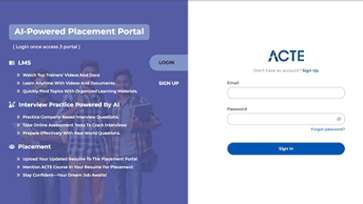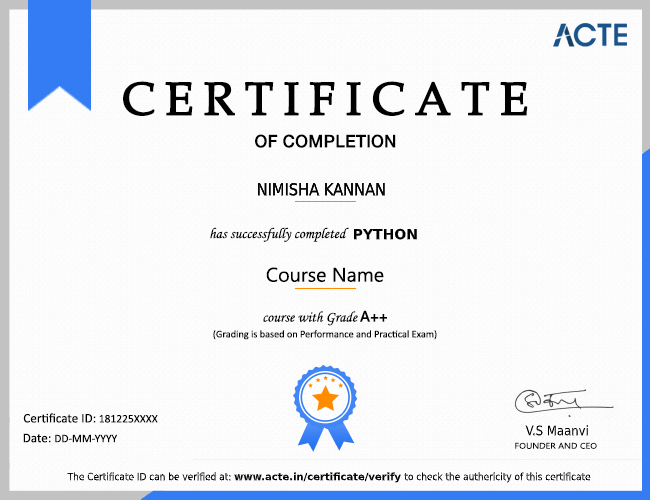The Salesforce training in ACTE teaches you the principal administrative structure of Customer Relation Manager (CRM). This course is meant for people who are really interested in improving their business and build a relationship with the customers.This would really help the learners to become a master in CRM field.Start Learning with us ACTE Salesforce Classroom & Online Training Course.
Yes, Salesforce development is a good choice for a career. Salesforce has high powerful areas with the best career opportunities in future. Salesforce is the top cloud-based CRM on the market. Salesforce has positioned itself well to take advantage of the future growth of the industry.
Salesforce is the top cloud-based CRM on the market. It has a market share of more than 15% and consistently generates upward of $1 billion more in revenue than its closest competitor. Salesforce has positioned itself well to take advantage of the future growth of the industry.
Today, there is a huge demand for Salesforce-specific skills. This is the reason for the creation of 3.3 million new jobs is predicted in the Salesforce economy by 2022. As mentioned earlier, several Salesforce-specific roles are in huge demand today.
We are happy and proud to say that we have strong relationship with over 700+ small, mid-sized and MNCs. Many of these companies have openings for salesforce. Moreover, we have a very active placement cell that provides 100% placement assistance to our students. The cell also contributes by training students in mock interviews and discussions even after the course completion.
Its a great technology for freshers and market is flooded with jobs. ... I would recommend all the job seekers to have a very good LinkedIn profile , with atleast 1000+ professional salesforce connections including MVPs, HRs, Directors, Recruiters and Project Managers.
Good knowledge of SalesForce programming and DBMS concepts is recommended for this training.
Apex is a proprietary language developed by Salesforce.com. It is a strongly typed, object-oriented programming language that allows developers to execute flow and transaction control statements on the Force.com platform server in conjunction with calls to the Force.com API.
Our courseware is designed to give a hands-on approach to the students in Salesforce. The course is made up of theoretical classes that teach the basics of each module followed by high-intensity practical sessions reflecting the current challenges and needs of the industry that will demand the students time and commitment.
SalesForce is a great tool, Salesforce is a customer relationship management platform, so it comes with its own tool set, but also comes with a bunch of business process guidelines.... The more hard-core developers can use Salesforce's Apex programming language.
From 1 week to 1 year or more depending on what areas of Salesforce you are interested in and the level of expertise you're after.
- Work with a world-dominating technology..
- Enjoy extensive job opportunities.
- Be involved with an exciting, innovative platform.
- Be part of an inclusive community.
- Access to heaps of training opportunities.
Salesforce Security Best Practices
For years, security concerns have been the leading reason why organizations hesitated to adopt cloud services. Much of this trust can be attributed to the efforts leading cloud service providers like Salesforce have put towards securing their customers’ data and providing robust features that are required by enterprises.
Auditing
Salesforce keeps track of all login attempts for the past six months, including the location of the login attempt and the IP address. Administrators can also turn on field history tracking (though with some limitations) to give visibility into field value changes and the user who performed the change.
Controlling user access to Salesforce
Salesforce has a robust system to control access and authenticate user identity that include:
Two-factor authentication – Administrators can turn on company-wide 2-factor authentication. Salesforce also lets admins create IP restrictions that would prevent access to Salesforce from untrusted IPs (or IP ranges). Admins can also set login restrictions based on the time of the day and the location from which the login attempt originates. When accessing Salesforce via an API, users are required to add a security token at the end of their password.
Custom login flows – One of the more innovative access control features of Salesforce is the ability to create custom login flows. As an example, if a user attempts to log into Salesforce from a restricted IP or during restricted hours, admins can implement a flow that would still allow the user to access Salesforce, but only after they’ve gone through several steps of authentication beyond 2-factor. In this way, an organization can meet their security requirements while also being able to perform business-critical activities within Salesforce.
Object-level permissions – Salesforce provides several layers of control over which records or the data stored in those records are visible/editable by which users or groups of users. Admins can set organization-wide sharing rules which sets the baseline minimum level of access, which can be configured separately for each object in Salesforce.
Role hierarchy – Organization-wide rules can then be extended using the role hierarchy. Role hierarchy lets admins configure how data is visible/editable to users, their subordinates and their superiors. Role hierarchy does not determine which fields are available to users, but rather which records, reports, and dashboards can be accessed. In general, roles are a reflection of the organizations internal human resource structure, where the CEO would have the highest role in Salesforce, therefore have the broadest visibility to data (though some organizations might place the Salesforce Administrator at the highest level).
Exceptions – Some organizations need more flexibility beyond what organization-wide rules and hierarchy provides. In this case, sharing rules can be employed to further increase data access to those users who are considered an exception.
Field-level permissions – Profiles allow admins to give finer grain access or apply restrictions to individual fields within a record of an object. When creating a new field, admins are given the option to make the field read-only or read/write or completely invisible to each profile. Every user in Salesforce must be associated to only one profile.
Permission sets – Permission sets are yet another way that Salesforce allows admins to customize data access control. With permission sets, admins can create a fine-tuned set of permissions that only a subset of users need. When a user is added to a permission set, any restriction that their profile applies will be removed if the permission set allows it.
Public groups – A public group, which is a grouping of Salesforce users, can be used by Salesforce users to share content and knowledge. Users can specify, for example, which public group should be able to see a specific leads view within the lead object. There are many other uses for public groups.
Encryption – Salesforce provides what is now known as “Classic Encryption.” Admins can encrypt custom fields with 128-bit Advanced Encryption Standard (AES) using this feature, which comes out of the box. There are several limitations with this, including the fact that it only applies to custom text-fields that can’t be more than 175 characters long.
Salesforce Shield
Salesforce introduced Shield in 2015 to provide customers with three additional layers of security: event monitoring, audit trails, and platform encryption.
Event monitoring
- Salesforce Shield’s event monitoring feature gives administrators and security professionals visibility into user behavior and application performance. Logs are generated and delivered the next day to customers via SOAP API and REST API.
- Event monitoring works best if organizations use Salesforce’s Analytics Cloud to visualize the events or a third-party tool that combines event logs from Salesforce and other services to analyze potential insider threats. Event monitoring can also be used to increase Salesforce use and drive adoption.
Audit trails
- Though Salesforce includes a certain level of field history tracking available by default, Salesforce Shield dramatically expands tracking. Organizations can track field history going back up to 10 years across custom objects, accounts, cases, contacts, leads, and opportunities for 60 fields per object.
- This can be especially useful for highly regulated industries such as healthcare, financial services, and government agencies who need to maintain extended audit trails.
Platform encryption
- Platform encryption in Salesforce Shild is much more comprehensive and feature rich than Salesforce’s classic encryption. Here, organizations can encrypt data that’s at rest, including data stored in fields as well as files being uploaded to Salesforce.
- Salesforce employs probabilistic encryption using 256-bit AES. Though Salesforce has given the customer control over the lifecycle of managing the key, it’s still stored in Salesforce’s environment.






